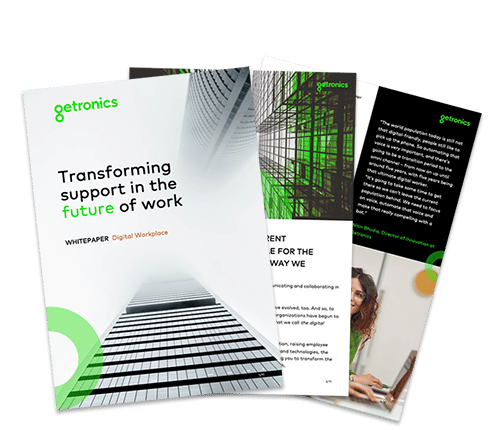22/10/2021
Frontline workers are the backbone of any organisation. As the personnel that interact with the customer, they act as the face of a company and define the customer experience for most businesses.

Despite this, most companies’ attempts to transform the workspace through digitisation have traditionally focused on increasing the productivity and satisfaction level of knowledge workers – the “thinkers” of an organisation. It wasn’t until early 2020 when the coronavirus pandemic struck – and the subsequent lockdowns enforced by governments around the world disrupted the day-to-day work of frontline workers – that the true extent of this came to light. It was quickly revealed that frontline staff had been left behind in the race to digitise and enhance the workforce.
The frontline: left behind
During the unprecedented times of the COVID-19 outbreak, when the world was swirling with uncertainty and businesses of all kinds were striving to adapt to a completely new way of life, frontline workforces were burdened with a near-impossible task: to continue doing their jobs, safely, despite restrictions meaning that employees – even management – couldn’t be physically present in their roles.
To make matters worse, frontline staff had limited access to digital tools. Their jobs relied heavily on analogue technologies such as walkie talkies for communication, and – in some cases – were lacking in technology all together. Staff schedules, for instance, were noted physically, perhaps on whiteboards hung on the wall, and most internal communications would take place via bulletin boards in communal areas, or paper newsletters.
As the pandemic ensured face-to-face contact was minimised, most businesses had to devise a completely new and unproven approach, especially when it came to monitoring rotas and time sheets as – for many companies – clocking in and out would still happen on-site, with old-fashioned time stamp cards.
It’s apparent that, when it comes to digitisation, this domain has long been neglected. As a recent Microsoft report found, only 23 percent of frontline workers agree that they currently have the technology they need to be productive. Interestingly, the very same report establishes that 77 percent of these workers agree that technology is important to their roles at work. While it’s clear that the frontline segment of the workforce is often left out of enterprises’ digital transformation investments, the complications the pandemic has created for these workers has shed light on this very issue, ensuring that digitisation in this domain should be a major priority for organisations.
DIGITAL WORKPLACE WHITEPAPER
In this whitepaper, written by Nitin Bhudia, Head of Service Management & Engineering, we’ll be exploring some of the biggest game-changers for the digital workplace, together with use cases and real-life applications to better enable your digital workers.
Envisioning digital frontline workers of the future

The good news is: it’s possible to empower frontline workers with the modern tools required so that businesses can improve the customer and employee experience, enhance workforce productivity, and improve the bottom line.
As long as those firms are dedicated to refining and safeguarding the digital experience for frontline workers, the digitalisation of this workforce is easily achievable. With this in mind, let’s delve into what we can expect in the near future as digitalisation is rolled out across the frontline.
Here are some of the key developments we are likely to see from a more connected workforce:
- The ability to clock in and clock out remotely via an app as opposed to a physical time stamp card, or even using completely contactless biometrics when entering work, such as retina or face scanning.
- The ability to swap and rearrange shifts via a mobile app instead of having to organise things on paper or over the phone.
- The general improving of internal communications, for example digitising bulletin boards or newsletters.
- Creating a bespoke application for all communication needs, whether that’s time management, line manager communications, training, or productivity management.
However, the successful deployment of these digitisation efforts come down to three key needs that every business needs to have or provide employees:
1. Devices – Having the right devices, either a smartphone or light tablet, etc, that is able to support the technologies being rolled out across the business.
2. Services – Identifying what services they need, for instance, time management, real time monitoring, unified communications, industry-specific applications, customer-facing applications for retail, and so on.
3. Support – A light-touch support that works remotely, or providing smart lockers that give access to any extra devices when it comes to changing shifts.
How to get there: asking the right questions
As we meander through the next phase of the COVID-19 pandemic, empowering frontline workers is a vital element to surviving the uncertainties of the future. However, it’s important to recognise that there’s no one-size-fits all when it comes to digitising the frontline. As a result, it has become all about asking the right questions.
For example, what do frontline staff need and how are they managing their time, each day? How do they report absences and how can we better streamline this process? And how do they manage shifts and schedules – do they still use manual clocks, or the weekly rota is still in a board? Then there’s the questions of: How can they minimise manual work? How do they provide training, and how do they communicate internally?
While there are many questions to ask and therefore a lot of data to manage, Getronics is here to help. We can provide feedback based on this arduous task and efficiently engineer a solution. Just some of our cutting-edge Frontline worker solutions include:
- The latest rugged mobile devices from Samsung and Apple with hands-free peripherals, designed to meet the rigours of any industry.
- Multi-network SIM cards providing 4G connectivity across all major networks, alongside seamless roaming to keep mission-critical business applications online.
- Microsoft 365 F1 licenses that keep frontline workers connected to the business with purpose-built tools and resources including Teams, Shifts, Yammer and SharePoint.
- Products focused on user experience, with right size support delivered for a fixed price per seat, per month and as a fully managed service.
Digitising the entire workforce with Getronics
The new wave of digital innovation can help us navigate these challenging times. The deployment of advanced technology solutions like prescriptive analytics, automated intelligence, advanced forecasting and machine learning all serve as a guiding light that can empower frontline workers to do their jobs proficiently no matter the situation they’re in.
Still, it’s important that businesses know the goal isn’t just to ‘digitise the frontline’, but rather to digitise the entire workforce and build a bridge across office, sites, shops and factories.
At Getronics, we have a consultative approach to achieve this and productised solutions to digitise the frontline and unify your digital workplace. Here’s why – using our technology, you should invest in digital workplace tools for the frontline:
- Empower workers with mobile-first devices: We’ll help you equip your frontline employees with industry-specific devices and services tailored to their needs and built for an active workforce while providing connectivity and access to information wherever they are.
- Connect your workforce: Our tech will increase your employee engagement by connecting frontline workers with one-on-one conversations, group chats, video calls, and a dedicated Walkie Talkie push-to-talk app.
- Simplify the task management process: Give frontline workers better control over everyday jobs and clearer direction with Tasks in Microsoft Teams. Also, easily distribute tasks from headquarters to frontline locations and track progress with task publishing.
- Accelerate onboarding: Quickly onboard employees with remote and tele-training and enable them to build skills rapidly.
- Manage shift schedules seamlessly: Align schedules to your fluctuating needs while saving workers’ time. Provide staffing and schedule management with Shifts, backed by tools you already use such as Kronos and BlueYonder.
- Activate and engage your community: Feel more connected with your workforce using Yammer Communities to share corporate-wide news and announcements, Microsoft Viva Employee Experience Platform to bring together knowledge, learning and insights, and Praise to show employee recognition.
- Protect the organisation: Roll out built-in enterprise grade security and compliance with one-time passwords and single touch sign-out whether on a shared mobile device, or an employee’s personal device.
- Digitise manual processes: Reduce costs and save time by automating general tasks and service processes.
For more information on how you business can benefit from Getronics Frontline Worker services, book a 20-minute discovery call with one of our experts below.




